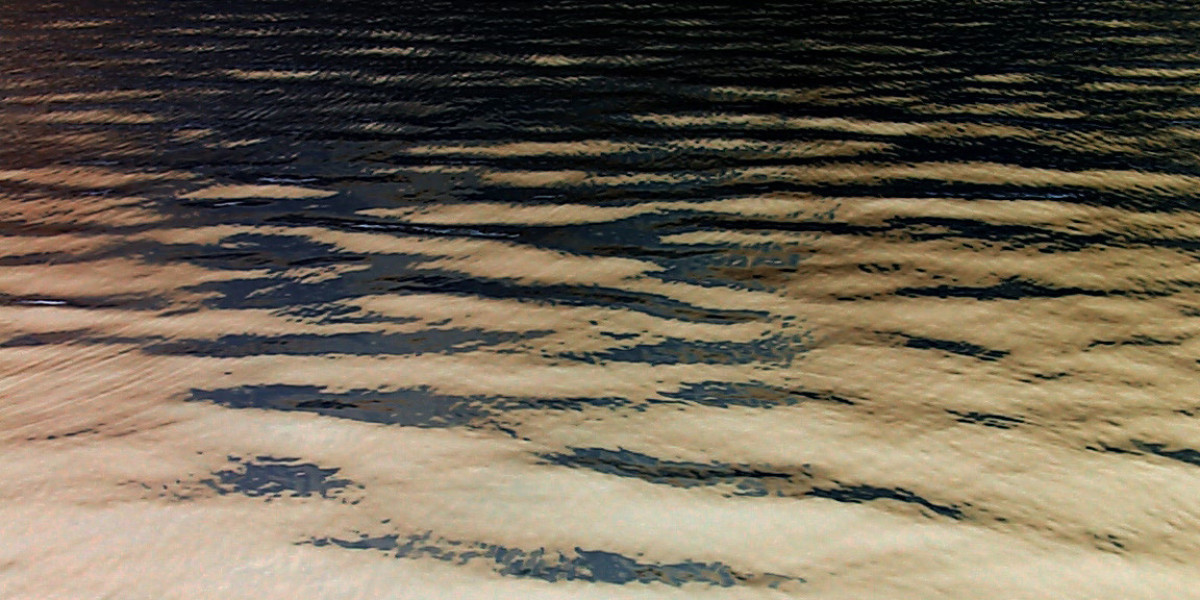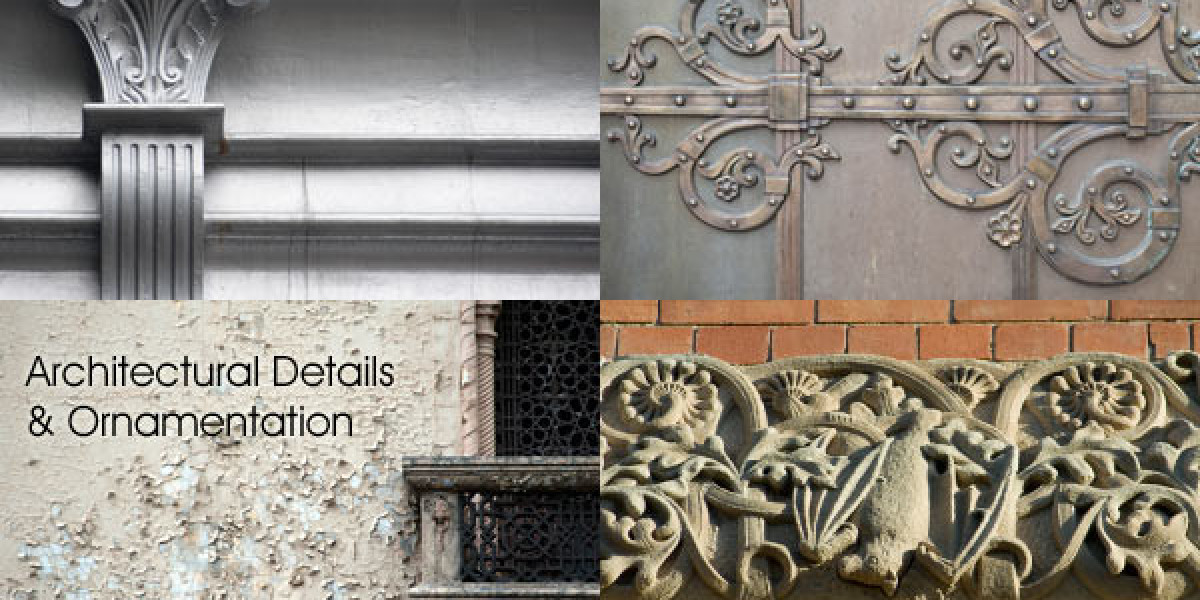With increasing urbanization, highway and construction dust, seasonal smog, as well as indoor pollutants such as cooking smoke, pet dander and chemical residues, many households in Pakistan are asking: how clean is the air in our homes? This is where an air purifiers price in pakistan becomes more than a luxury—it can become a health-support appliance. In major cities such as Lahore, Karachi and Islamabad, where ambient particulate matter (PM2.5 and PM10) rises frequently, the indoor environment may harbor even higher concentrations of fine dust, allergens and volatile compounds. As a result, demand for reliable air purifiers in Pakistan has grown steadily.
However, budget constraints, power usage concerns (given load-shedding and rising tariffs), room size, maintenance and replacement filter costs all factor into decision-making. Understanding the price landscape is critical for consumers to make informed purchases.
Typical Price Range & What Drives Price Variance
In Pakistan’s market, air purifier prices vary widely based on brand, room-coverage, features, filter quality, smart connectivity and build. Several data points illustrate the range:
On one online site, prices of branded units ranged from roughly Rs 44,999 (for an entry-or lower body-spec unit) up to well beyond Rs 100,000+ for high-end models.
According to another retailer, budget models start around Rs 24,000 for very compact size, and premium units go up to Rs 167,500 or more.
The local brand example: a made-in-Pakistan unit was priced at just Rs 27,000 for a smaller model.
One guide shows “mid-range” units around Rs 55,500 upward to Rs 245,000+ for advanced units.
From these data:
Budget segment: approx Rs 20,000-40,000
Mainstream/mid-segment: approx Rs 40,000-80,000
Premium/large-coverage smart units: Rs 80,000-200,000+
What drives the difference?
Coverage area & CADR: Larger rooms require higher Clean Air Delivery Rate (CADR) and stronger fans and filters → higher cost.
Filter quality: True HEPA filters, multi-stage filtration (pre-filter, activated carbon, HEPA, UV or ioniser) cost more.
Smart features / sensors: Real-time air quality sensors, WiFi or app connectivity, auto-mode, additional features like humidification drive price up.
Brand / import duty / warranty: International brands carry premium margins; local brands can undercut with basic specs.
Maintenance / spare parts cost: Filter replacement cost, ease of service, longer filter life also matter.
Energy efficiency & design: Quiet motors, efficient fans, low standby power consumption add cost.
Local conditions: Pakistan’s electricity load-shedding, dust load, high humidity may require more robust machines for reliable use which also affects cost.
So, What Should a Pakistani Household Expect to Pay?
For a typical mid-sized room (say 20-30 m²) in Pakistan, with average pollution levels and moderate usage, a realistic expectation would be a purifier in the Rs 40,000-70,000 range. This will give you a decent CADR, true HEPA filtration and reliable brand backing. If you simply want a compact unit for a smaller bedroom and minimal cost, you could sub-Rs 30,000. On the other hand, if you have a large living hall, require high coverage area (50 m²+), want smart features, remote control via mobile, multiple sensors and expect to run it 24/7, then you’ll be looking at Rs 100,000+.
Thus, buyers should ask: “Am I paying extra for brand & smart features that I will really use?” vs “Can a decent non-smart model adequate for my room do the job?” If you live in a high-dust zone, have allergies or children, spending more may pay off; otherwise a simpler model may suffice.
Practical Tips Before Buying in Pakistan
1. Match unit to room size & CADR
Don’t buy a large-capacity unit for a small room and vice-versa. Oversized units cost more and may waste energy; undersized will struggle. Sharp FP-J30TA-P Air Purifier
2. Understand filter replacement cost and availability
Many models require HEPA/activated carbon filters periodically. Check what filter cost and local availability are—some cheap units have expensive replacement filters which erode savings.
3. Check power usage & noise
In Pakistan, power consumption matters. Some purifiers consume minimal energy; others with large fans and motors use more. Also check noise levels—if you plan to keep it in a bedroom, low-noise models are preferable.
4. Service & parts support
Buying a brand that has local service support, spare filters and a good warranty is wise in Pakistan’s environment where dust, power fluctuations and humidity can reduce lifespan.
5. Realistic performance expectation
An air purifier cannot substitute proper ventilation and good indoor habits (such as limiting indoor smoking, cooking with lids, managing dust ingress). It’s a tool alongside other practices.
6. Consider real air-quality conditions
If you live in a zone with heavy seasonal smog or major construction dust, you might need a higher-spec machine (higher CADR) so plan budget accordingly.
Local Brand vs International Brand: Cost Trade-off
Local brands in Pakistan may offer more affordable entry points: e.g., a domestic brand cited their price at Rs 27,000 for a unit cleaning ~500 sq ft with a local HEPA filter. This shows that if you prioritise cost over brand prestige or smart features, you can achieve basic air-purifier functionality at significantly lower cost. On the flip side, international brands often bring proven filtration performance, certification, smart sensors, higher CADR, design, quieter motors and longer warranties—but all at higher price tags and often more expensive replacement filters.
Future Outlook & Value Over Time in Pakistan
Air-purifier pricing in Pakistan will likely continue to evolve: as import costs change, currency fluctuates, and domestic manufacturing improves, we may see more affordable high-performance units. Also, as consumer awareness grows (e.g., linking indoor air quality to respiratory health), mid-segment models may become standard in more homes. For buyers, the value of a good air purifier is realised through improved comfort, better sleep, fewer allergy symptoms and lower exposure to pollutants—not just the upfront price. That said, maintenance cost and filter replacements over time must also be factored into “total cost of ownership”.
Final Summary
If you are in Pakistan and considering buying an air purifier, here’s the summary:
Entry budget models start around Rs 20,000-30,000 for compact rooms with modest features.
A solid mid-range option for most bedrooms/living-rooms lies in the Rs 40,000-70,000 range.
High-coverage, big-room, smart-feature models push up to Rs 100,000+ (and some even up to Rs 200,000+ for top-of-line).
Evaluate your room size, pollution levels, usage hours, and filter maintenance cost when judging if a unit is “worth” its price.
Choose a brand with local service and accessible filters, and ensure you buy a model appropriately sized and suited to your needs.
By doing so, you’ll ensure that your purchase of an air purifier in Pakistan is sensible, effective, and aligned with your indoor-air goals—not just driven by the price tag.







